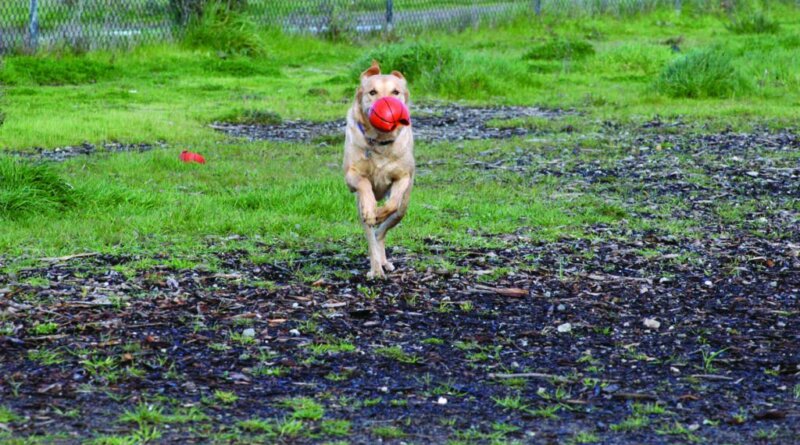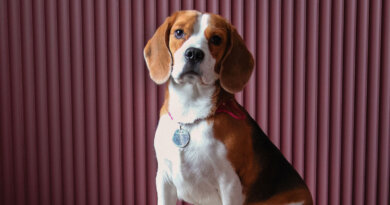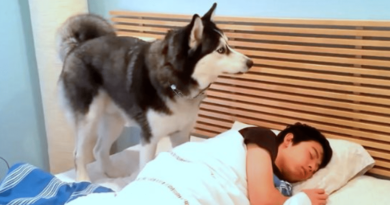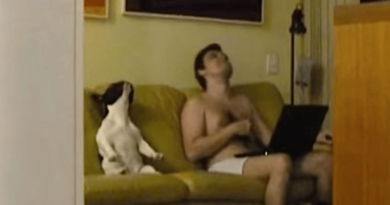Dog Park Alternatives – Whole Dog Journal
When off-leash dog parks first began to be a “thing” a couple of decades ago, I was thrilled. At the time, I lived in a city of about 70,000, and the presence of large, securely fenced areas for dogs to run off-leash was a huge benefit to me when I boarded untrained dogs who needed a ton of exercise. Twenty-plus years ago, there weren’t yet crowds of people and tons of reactive dogs at the park; at most, I’d tend to see 10 to 20 dogs in the several-acre park – soured only once or twice a year, say, by a serious dog fight or scary interaction between reactive dogs.
There was one really nice park, with sandy soil, faucets for water, double “airlock” gates, and a separate area for small dogs; and a smaller space at the end of town that had single gates, no water, and weedy, rough footing. When I had a social butterfly of an energetic dog staying with me, I’d of course go to the nice dog park. When I was caring for a rowdy adolescent dog who was reactive or had poor social skills, I’d drive farther to take him to what I called the “bad dog dog park” – I only ever saw other people who also had reactive or flat-out dog-aggressive dogs there. We could recognize each other by our over-alert, defensive behavior: our rush to leash our dogs and leave if anyone else arrived.
I actually came to appreciate the bad dog dog park much more than the nice dog park, for the simple reason that hardly anyone went there, and I could almost always find it empty for at least 20 or 30 minutes to allow whatever reactive dog I happened to be caring for to burn off some serious steam –chasing balls or Frisbees, and playing vigorous, growly games of tug – without putting any other dogs at risk, or undermining work I was doing with those dogs to teach them not to become reactive to other dogs.
Paws, a yellow Labrador who belonged to a fellow editor friend, was one dog who I regularly brought to the bad dog dog park. Paws didn’t have an aggressive bone in his body, but he had been somewhat deprived of social opportunities when he was a puppy, and he had the rudest body language of any dog I knew. He was so excited to meet other dogs that, if given an opportunity, would fly toward the other dog at 100 miles per hour, slamming into them half the time because he didn’t turn on the afterburners soon enough. When a dog would understandably take exception to being slammed into at top speed, or would feel that it was necessary to slow Paws’ roll by growling or snapping at him, his excitement (arousal) level would be so high, that he’d often react with an honestly scared, defensive growl or snap back – and a brief scuffle might quickly ensue. If, by some miracle, the other dog was friendly and confident enough to burst into a running, chasing, or wrestling game when Paws came in like a runaway freight train, there was no happier dog than Paws; that was his sincere wish. But that large, strong, confident, happy playmate was a bit of a rainbow unicorn; Paws hardly ever met one of those. That’s why Paws and I often made the trek to run and play at the weedy, crappy park that we usually had to ourselves.

Eventually, though, dog parks became so popular, that even the remote, scruffy, waterless dog park became nearly constantly populated with other social, friendly dogs – meaning that they were no longer appropriate places that I could bring reactive dogs to.




